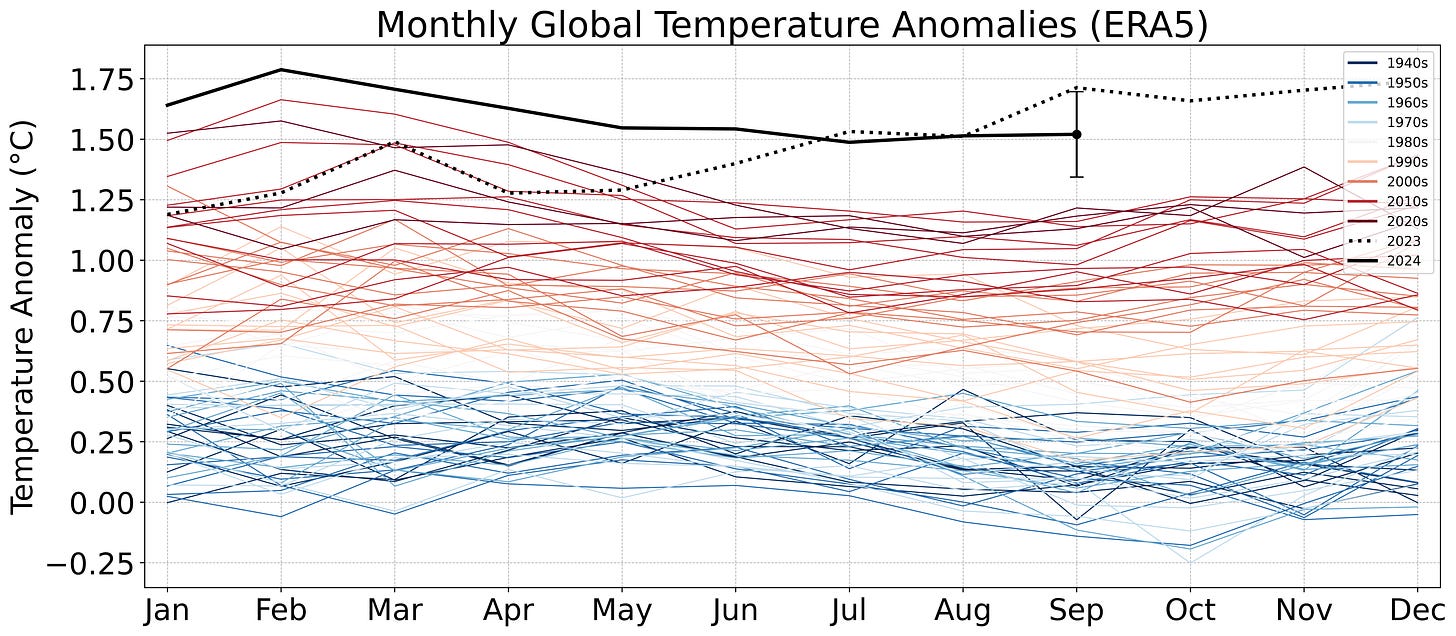Sustainability, Vol. 16, Pages 5231: The “Supply-Side Reform Policy” and the Share of Labor Income in Enterprises
Sustainability doi: 10.3390/su16125231
Authors: Long Chen Baolei Qi
This article takes the supply-side structural reform launched in 2016 as a quasi-natural experiment and uses the “DID” method to analyze the relationship between the policy effects of supply-side reform and the labor income share. Firstly, the basic conclusion is that the “supply-side reform policy” can reduce the labor income share of enterprises in the “six major industries”. The correctness of the benchmark regression results was verified through a series of robustness tests. The results of the main regression were validated based on three different heterogeneity analysis perspectives: firm ownership, firm region, and government intervention. Secondly, two mediation mechanisms were examined, and the results showed that increasing operating income can positively enhance the “supply-side structural reform” in reducing the labor share of income in all enterprises, while increasing R&D investment can negatively enhance the effect of the “supply-side structural reform” on the reduction of the labor share of income in all enterprises. The heterogeneity of the two intermediary effects indicates that state-owned enterprises and private enterprises have different performances. The research results of this article indicate that the “supply-side reform policy” can effectively reduce the labor income share of target enterprises, reduce the proportion of excess employees, and enhance the vitality of target enterprises. The policy suggestion is to continue promoting supply-side structural reform, a policy which is in line with the requirements of the high-quality and sustainable development of Chinese enterprises.

 2 months ago
28
2 months ago
28


